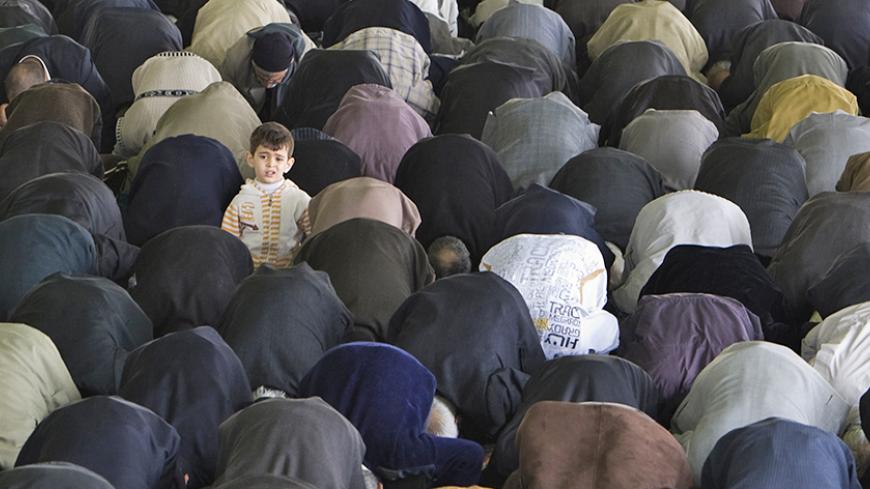Last month, the Iranian government announced that due to increasing levels of infertility, it will now help fund up to 85% of infertility treatments at state hospitals for families wishing to conceive. Studies by medical researchers show that more than 20% of Iranian couples cannot conceive, compared with the global rate of between 8% and 12%. The Iranian government’s latest move is yet another step by the Islamic Republic to encourage childbearing, which Supreme Leader Ayatollah Ali Khamenei has been campaigning for in recent years. In this vein, family planning budgets have been cut and prevention methods such as vasectomies have been banned.
Iran has long been a leader in the Middle East on treating infertility, with nearly 100 clinics nationwide that serve not only Iranian couples, but also couples from neighboring states who come to take advantage of the country’s open stance toward such treatments. Yet what remains an overarching question is why infertility rates in Iran have jumped above the global average.



